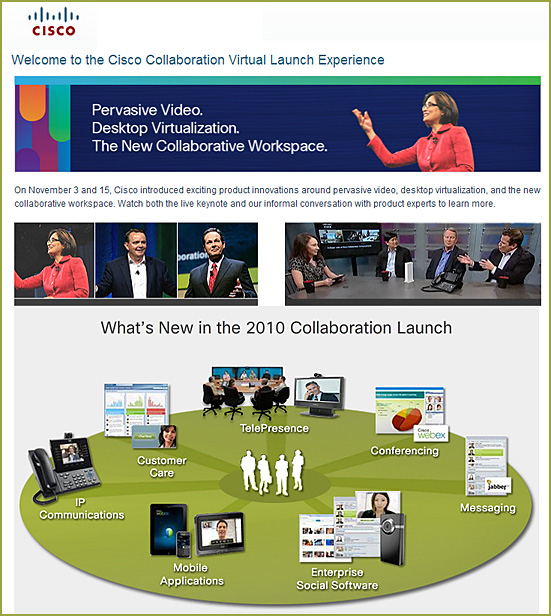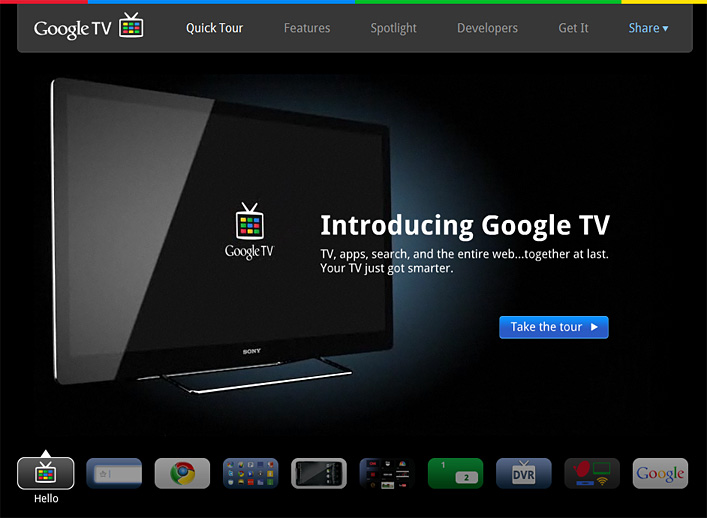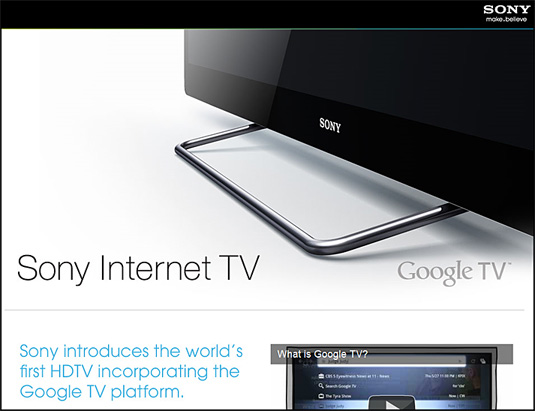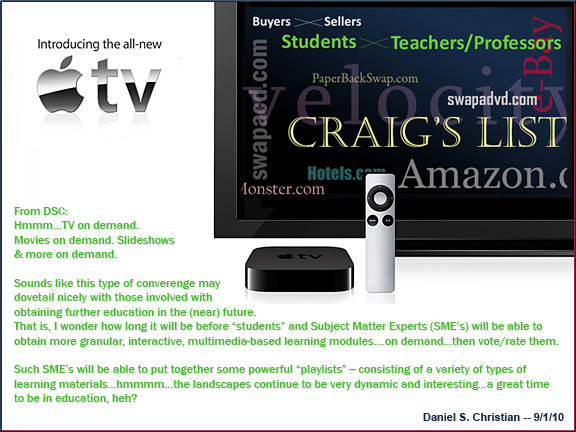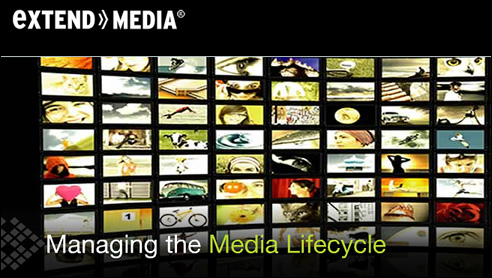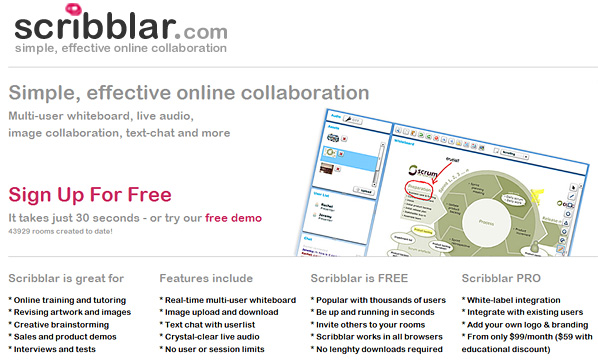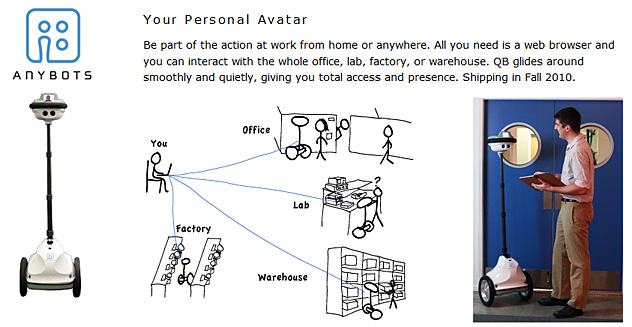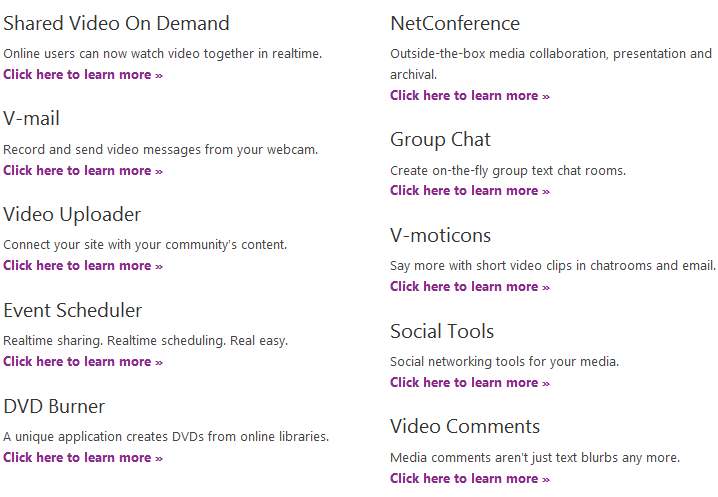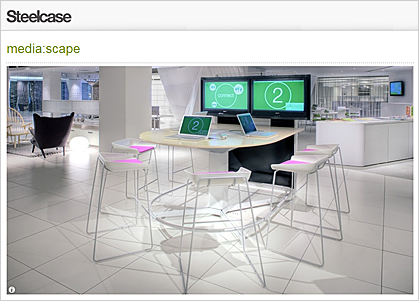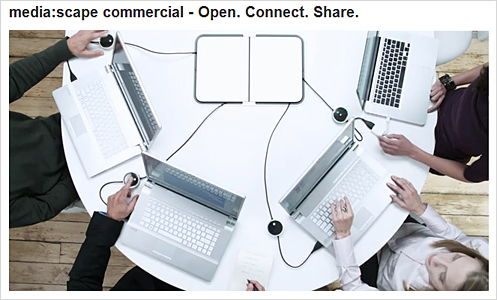Twenty years of research on the academic performance differences between traditional and distance learning: Summative meta-analysis and trend examination
Mickey Shachar
TUI University
Cypress, CA 90630, USA
mshachar@tuiu.edu
Yoram Neumann
United States University
National City, CA 91950, USA
yneumann@usuniversity.edu
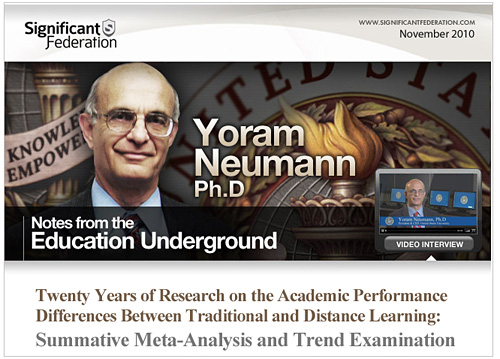
Excerpt (emphasis DSC):
While distance learning in higher education may have been looked down upon two decades ago, it has clearly become well accepted and gained legitimacy over the past decade. Students, universities, and employers no longer differentiate between university degrees earned traditionally or online. In many cases, universities offer the same degrees traditionally and online while the final diploma does not even mention the mode of delivery. The improvements of technology, the widespread Internet access, the increased legitimacy of online learning within established universities and employers, and the increased participation of adult learners in higher education with clear preferences toward learning anytime and anywhere will further drive future improvements in the quality of distance learning programs. Traditional programs suffered irreparable damages during periods of economic downturns (the post dot com era in 2000-2002 and the major economic recession from 2007-2009), their levels of support have eroded substantially, and their quality did not improve at the same levels as online programs.
Therefore, one should not be surprised if the gap in academic performance between online and traditional learning will only widen in the next decade.
The findings of this study reemphasize prior results and extend it for a period of twenty years. It is clear that the experimental probability of attaining higher learning outcomes is greater in the online environment than in the face-to-face environment. This probability is increasing over time. The future should call for different treatment of online learning by policy makers and regulatory agencies – on one hand, and future research to examine DE learning by: academic subject, asynchronous / synchronous / blended methods etc. – on the other.
The paradigm of the superiority of the FTF modality over its distance learning alternative has been successfully negated. The distance learning approach is becoming the “normal science” (Kuhn, 1962).
Yet, this is not fully comprehended by the various decision making institutions where the gate-keeping positions represent, by and large, the past paradigm. Therefore, distance learning is still treated as the anomaly (“step child”) instead of as the emerging standard of quality in higher education. We expect that as a new generation of leaders in higher education emerges, the policy making orientation and regulatory models will change to reflect the new paradigm.










